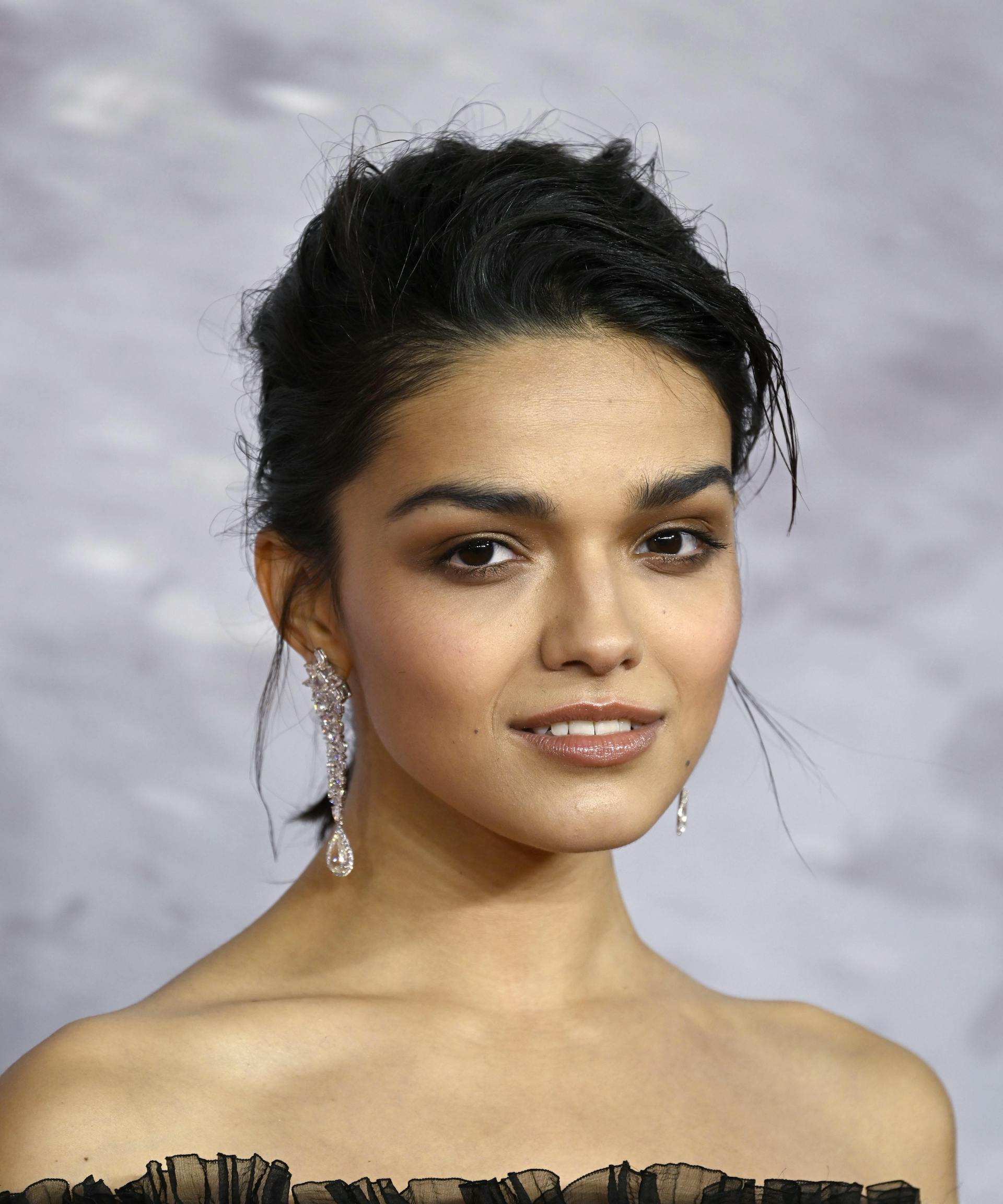From Rachel Zegler To Halle Bailey, Why Do So Many Rising Stars Have Wide-Set Eyes?
People noticed that many rising stars seem to have one thing in common: wide-set eyes. But why is this?

"Why do all the new crop of starlets being launched have eyes too wide apart?" asked @InezFeltscher on X. Her tweet is a response to a video of Rachel Zegler (who plays Snow White in the upcoming remake) on the platform. She continued, "I don’t even necessarily hate it, on some girls it looks good but it just seems weirdly ubiquitous." It’s a good question and an honest one.
Halle Bailey was cruelly mocked for her wide-set eyes – or "prey eyes" as some people would call them – when the trailer of The Little Mermaid was released. Anya Taylor-Joy, who did not star in a Disney film but voiced Princess Peach in The Super Mario Bros. and starred as Emma in the 2020 Jane Austen adaptation, also has wide-set eyes. Are casting directors specifically looking for this look?
Let me start off by saying that this is not a new phenomenon. Take, for example, Kate Moss, Rihanna, Miranda Kerr, and Amanda Seyfried, women who were in their prime in the early 2000s. Even singer Brandy Norwood has wide-set eyes. She, ironically, also played Cinderella in the 1997 live-action version of the movie. So it’s not that Hollywood is suddenly on a vast search for celebrities with this specific phenotype. It seems that we’re just noticing how common it is in women who play princesses, and there’s actually a scientific reason for this.
But first, let's talk about why some people have wide-set eyes in the first place. People with "neotenous" features – large foreheads, large-spaced eyes, small noses, round faces – could be due to neoteny. This term describes certain traits associated with juvenile characteristics that appear in adulthood, can be caused by genetic factors, and can manifest physically or behaviorally.
Another hypothesis suggests that delayed bone maturation due to slower cell differentiation could be the cause of youthful features. It sounds bad, but it's not at all. Early theories on facial attractiveness suggest that neoteny, or "babyfaceness," tend to elicit nurturing reactions from people. In 1943, Austrian ethologist Konrad Lorenz noted that an infant's round features could encourage guardians to show greater care for them because of their "perceived cuteness."
Neoteny expression indicates a sense of appeasement or submission and is deemed important for women's facial attractiveness. "Neotenous features were said to be particularly important for women’s facial attractiveness: women with baby-like features (such as large, widely spaced eyes and a small nose and chin) were judged to be the most attractive in cross-cultural studies," V. Swami and A.S. Harris write in the Encyclopedia of Body Image and Human Appearance.
In conclusion, wide-set eyes are seen as innocent and pretty – which could explain why actresses with these traits are hired as princesses. We often associate the Disney girls we know and love with grace, innocence, youth, and beauty. They're even drawn with neotenous features in the animated films, often depicted with tiny noses and a large space between their big eyes.
Besides talent and looks, most casting directors seek actors who can match the energy of a specific role. When actresses with neotenous features audition, these directors may subconsciously associate them with "princess" energy due to their youthful appearance. It's possible that in their minds, the woman with a neotenous face possesses an allure destined to bring our favorite fairy tale characters to life.
Evie deserves to be heard. Support our cause and help women reclaim their femininity by subscribing today.